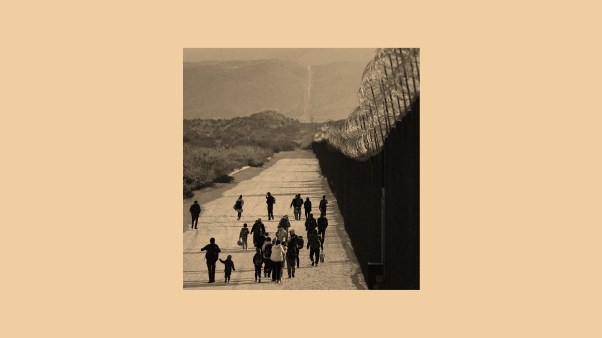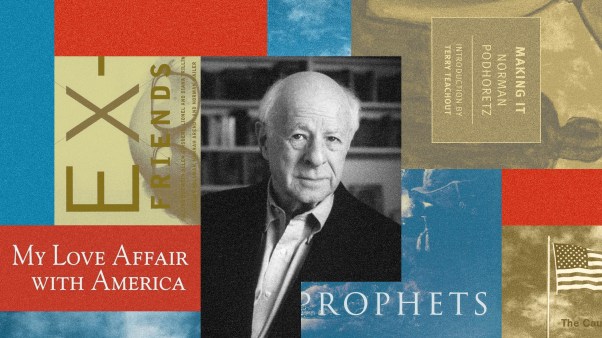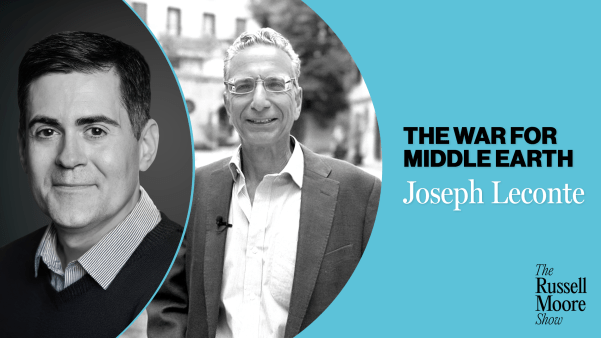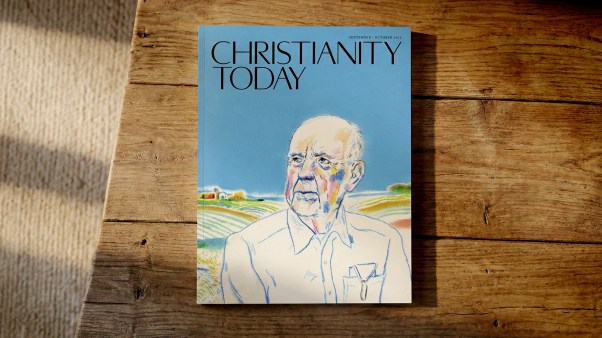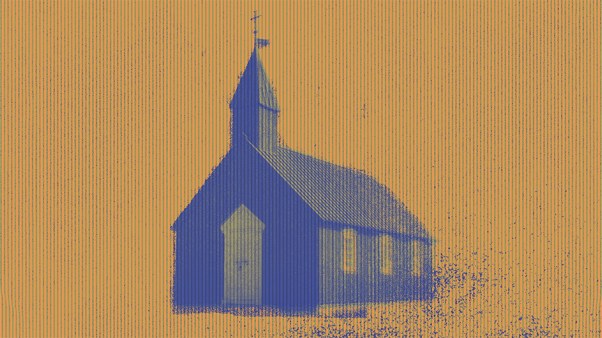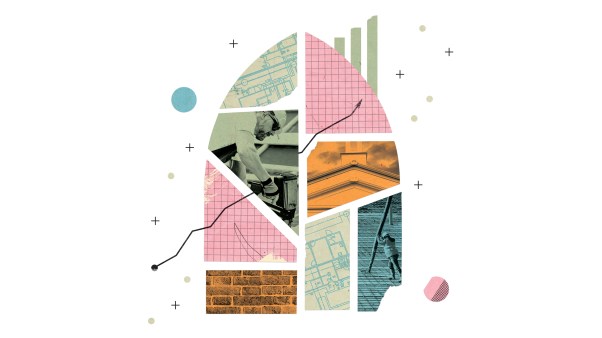Physician Deborah Birx has led the US government’s effort against HIV/AIDS for decades . An army colonel who worked on HIV/AIDS and vaccine research, she went on to lead the Centers for Disease Control and Prevention’s arm of the President’s Emergency Plan for AIDS Relief (PEPFAR). She later led PEPFAR itself as the US Global AIDS Coordinator.
Starting at the beginning of the pandemic in 2020, she served as the head of the US coronavirus response under President Donald Trump. Through her many White House briefings, she became famous for her variety of scarves. Birx is a graduate of Houghton College, a Wesleyan school in New York that is part of the Council for Christian Colleges and Universities.
CT interviewed Birx in June, before the current political fight over PEPFAR’s reauthorization became more heated. The program’s five-year renewal now faces pro-life opposition. As a senior fellow now at the nonprofit Bush Center, Birx can’t argue for or against particular legislation. But she shared what she thinks US faith communities can draw from the success of PEPFAR.
PEPFAR is credited with saving 25 million lives from HIV/AIDS, and is perhaps the most successful global health program in US history. From your 19 years working on PEPFAR, do you have specific ideas from the program that are translatable to the US?
HIV, malaria, and tuberculosis are the deadly diseases in Africa. But America has its own deadly diseases—diseases of despair and loss of hope. And that’s where the church plays such an outsized role in bringing hope back to the community.
I think we could learn a lot from PEPFAR in the United States on how to do our healthcare delivery better. With HIV/AIDS, we have to remember that when there was nothing, faith-based organizations [in Africa] were there doing palliative care. And long after the HIV pandemic is well controlled, they will still be there, evolving with the needs.
We can utilize what we saw and learn to tackle opioids, to tackle obesity in the United States—in a cost-effective way. I think people right now are sitting back and waiting for the federal government. And I’d like to remind everybody that before there was money, there were churches and communities holding their hands and supporting those families.
In this moment in time, where we no longer really have health care in our rural areas, we do still have churches.
So what do churches in the US do beyond bringing meals to people who are sick?
PEPFAR was all about saving lives and getting treatment to individuals. But we were also about—and are about today—preventing new infections. And to prevent new infections, you have to work with people on behavioral change. That’s what we need in order to battle what I say are the pandemics in the United States, like obesity and prediabetes.
When I came to engage in COVID-19, the United States had not experienced implementing a pandemic response. But we had spent the last 20 years successfully implementing a pandemic response in sub-Saharan Africa.
What I uncovered in the United States is a very medicalized, individualized approach that carries its own stigma. There is a lot of stigma that keeps people from screening for preventive issues—getting their A1C early and knowing if they’re at risk for prediabetes. If we don’t recognize the role of community groups and churches, we’re going to continue to be one of the top obese and prediabetic countries in the world.
Trusted individuals delivering those messages in a supportive way can really change minds. I think because it doesn’t cost a lot of money, people think, “Oh, well, it won’t really have an impact.”
You just mentioned stigma around doing certain preventative health care in the US, but that’s a word we’re accustomed to hearing with HIV/AIDS. One story that hasn’t been told very often is how African churches helped reduce stigma around AIDS. How did that happen?
I started working in Africa in 1998, before President Bush’s announcement of PEPFAR and before the Global Fund. And I can’t tell you what a devastation that was, with losing whole communities. Churches could see the reality on the ground because they were holding 10, 20, 30 funerals in a community in a weekend. The churchgoers spent all their time going to funerals. They could see the devastation of HIV and knew that it had to come out into the public where people could talk about it.
It was important in the community of faith to care for and to comfort, and to provide palliative care and food at the household level. And so churches were the soldiers of dispelling stigma and discrimination, because they were willing to go into the homes and pray with those who were dying, and provide sustenance and community support to those families.
When the church leads in compassion for others and shows the community that they can also engage, it changes everything.
PEPFAR has been around 20 years. Have you seen any new generation of faith-based people in the US be interested in the program?
I haven’t.
What are your concerns, if any, about this reauthorization battle?
It’s important to proactively remind people about the core values on which PEPFAR was established. Not promoting prostitution, not promoting or endorsing abortion—that has always been part and parcel of PEPFAR implementation at the partner level. But when things change and executive orders change, people aren’t sure.
It was so astute of President Bush and the architects of PEPFAR to understand that for big problems, you need a big tent. PEPFAR has been successful because everyone could see themselves in the program. It was my job when I was leading PEPFAR, and it’s the leadership’s job today, to make sure that everybody sees themselves in the program.
PEPFAR has never turned a blind eye to anything. We like to know what’s going on and we like to fix those things.
Are there parts of PEPFAR you think should change?
The structure that is in the reauthorization has not only been successful, which is clearly evident in the 20-year results, but it also is a new way of doing business that frankly, all of our foreign assistance should model. Each federal agency has unique talents, but no agency has 100% of the talent. And I think having all agencies involved in PEPFAR with leadership outside of those individual agencies allows it to really have accountability and transparency. Reauthorization maintains the critical structure and the annual reporting that is necessary. Data collection is critical in constantly evaluating the success of your program.
If you go on pepfar.gov, you can see the data that’s updated quarterly. Now try to go in and find quarterly obesity data across the United States! If you’re only looking at obesity every three years or every five years, there’s no way you can understand whether any of the programs you’ve put on the ground are having an impact or not.
And so I think there’s a lot of lessons to be learned. I hope everybody takes a step back and realizes we’re stronger together—Republicans, Democrats, Muslims, evangelicals—because in the end, we care about our communities, and our communities are not monolithic.
This interview has been edited and condensed for length.





